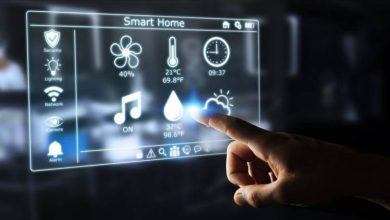
Many power systems and locomotives require extensive testing and certification. There is a wide variety of industrial and electric railways built around the world, creating a demand for reliable and tested overhead line systems. Overhead lines can be classified into two types: the simple contact wire suspended on a basic wire and an overhead line connected. A basic wire is suspended from an attachment point. Flat chain technology can be used to anchor overhead lines along the side, or a carrying cable is available for vertical high chains.
Many types of passenger rails and mainline railroads have adopted high chain or chain catenary carrying cables as the standard. The contact wire is positioned as horizontally as possible. This design ensures that the wire connection is less subjected to horizontal forces as well as vertical ones due to changes in elevation. The contact wire and the cable will be kept in tension and anchored separately.
The supply points are a crucial part of any overhead line management. They must be available in all sections and be electrically isolated from each other to help reduce the failure rate. A zigzag curve, within a set of electronic limits, will ensure that the overhead lines are arranged in a way to power each section. The limits are set relative to the center of the track and are adjusted at each supply point. Monitoring is done at all power supply areas and throughout the entire system.
It is important to monitor power systems and maintain this path in all types of passenger trains, supply trains, or trams. Contact us to find out more about overhead line configurations and power systems.
This post was written by Justin Tidd, Director at Swartz Engineering. For nearly half a century, Swartz Engineering has been at the forefront of industry safety. They are a family-owned company specializing in power distribution for the electrical industry. Our design ensures maximum flexibility for excellent reliability and a high return on investment.



